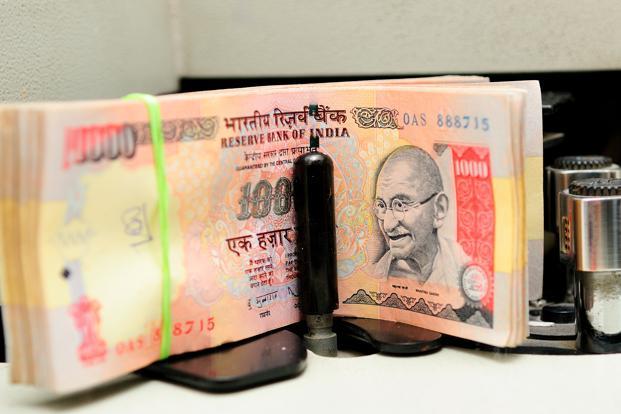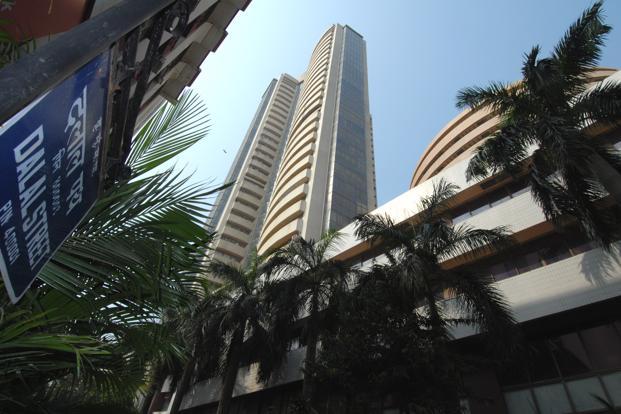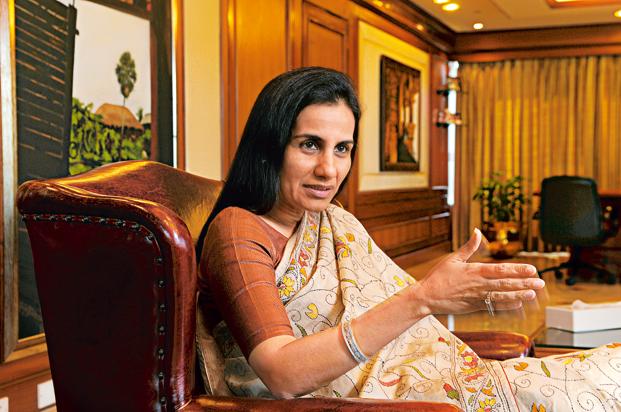Bond dealers in Mumbai, India’s financial capital, have started enjoying their Friday evenings once again. Despite a record-high Rs.5.79 trillion gross government borrowing programme for the current fiscal, bond yields are dropping and wholesale price inflation is declining every month to levels below what analysts expect. Since January, the yield on the benchmark
10-year government bond has slipped by 65 basis points (bps). A basis point is one-hundredth of a percentage point.
In fact, the southward movement of bond yields, which move in the opposite direction to prices, started in December when they dropped about 14 bps. Bond traders at bank treasury departments and primary dealerships that buy and sell government bonds had a good Christmas, but they did not expect the party to last long. They have been pleasantly surprised by how things are turning out. With bond prices rising, they are making money with both hands, getting hefty bonuses after a gap of quite a few years.
Since the annual monetary policy in May, when the Reserve Bank of India (RBI) pared its policy rate by 25 bps to 7.25%, the 10-year bond yield dropped about 40 basis points. Along with this, the volume also zoomed, hitting Rs.1.36 trillion one day in May, more than double the usual amount.
Most see yields dropping even further as inflation is expected to continue to slow at least until September, when the base effect catches up. At 4.89%, the April wholesale inflation number is at its lowest since November 2009 and about half a percentage point less than what many analysts had expected. It’s also nearly one percentage point below the March figure.
The figure is also in sync with the central bank’s estimate of the threshold level of inflation of 5%. RBI expects wholesale inflation to be in the range of 5.5% in fiscal year 2014. So-called core inflation, or non-food, non-oil, manufacturing inflation, dropped below 3% in April. At 2.8%, it’s at the lowest since January 2010. Retail inflation, too, has started easing, dropping to a single digit after many months in April— 9.4%—and it will continue to decline, particularly if the monsoon is on expected lines.
To be sure, the current yield on the 10-year benchmark bond is not at a historic low. In fact, in 2009, the yield dropped lower to 7.01% and, in 2005, it was even lower than 7%. The lowest yield for the decade was seen in October 2003, when the 10-year yield dropped to 4.97%.
But the bond dealers’ excitement stems from the fact that yields can drop further as more than the monthly figures of wholesale price inflation and core inflation, the momentum of the seasonally adjusted annual rate (SAAR) for core and wholesale inflation shows a dramatic decline and the central bank may not be left with any choice but to cut the policy rate yet again unless there is a sudden sharp depreciation in the local currency. If it does not do so in June in its semi-quarterly monetary review, it will probably cut it in July.
SAAR of core inflation for February-April over the preceding three months is now at minus 40 bps. This is a momentum indicator, not calculated year-on-year, capturing the increase or decrease between three-month periods. The core inflation SAAR in the March-February period was less than 1%.
The momentum of wholesale inflation SAAR has also been dropping, from 3.67% in February to 3.37 % in March and 2.56% in April. Many analysts believe the momentum analysis gives a more accurate picture of the inflation trajectory than monthly inflation. There is one catch, though. While calculating three-month SAAR, at least one figure is provisional and that distorts the picture. Typically, provisional figures are lower than the actual figures. For instance, February wholesale inflation was sharply revised up to 7.28% from 6.84%.
While bond yields have been dropping, there is no sign of banks paring their loan rates. This makes two points—monetary transmission is faster in the bond market than in the loan market, and there is a clear disconnect between the loan and bond markets. Since January, RBI has cut its loan rate by 75 bps in three phases, but banks have hardly pared their loan rates. They have not been able to do so as they cannot cut their deposit rates. When inflation is high, savers tend to shift from financial assets to real assets such as gold and real estate. But with inflation dropping, the trend may change and this will give banks scope to cut their deposit rates and, at the next stage, the loan rates.
While borrowers rue the extremely slow transmission of monetary policy in the loan market (this does not happen when RBI raises the policy rate), the regulator must be trying to fathom why the corporate bond market is not taking off in India.
Typically, a triple-A rated borrower raises money from the bond market by paying 50-100 bps more than the government. This means, theoretically, any well-rated corporation can raise money at around 8% now, much less than the banks’ loan rate. But very few companies can do that as the corporate bond market virtually does not exist here. One of the reasons behind this, as Prime Minister Manmohan Singh pointed out while speaking at the silver jubilee function of India’s capital market regulator, is hefty government borrowing that crowds out private borrowers from the bond market. Both RBI and the capital market regulator will do well to take a look at this while trying to ensure a better transmission of the monetary policy. Otherwise, only the government enjoys the benefit of rate cuts.



